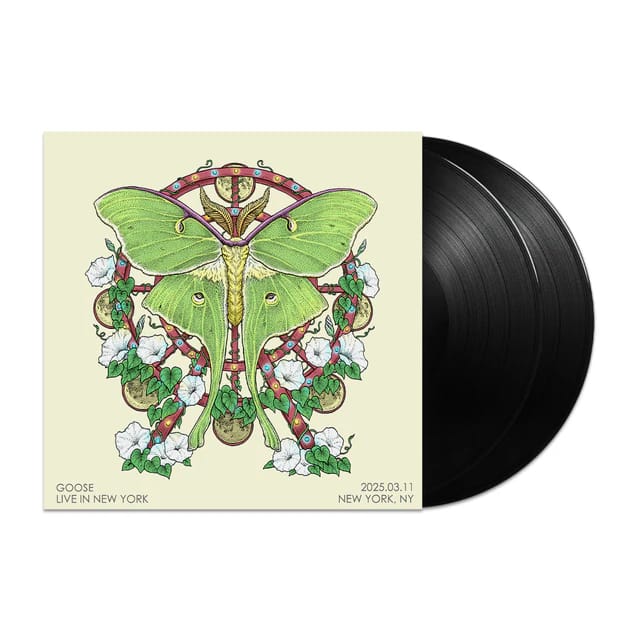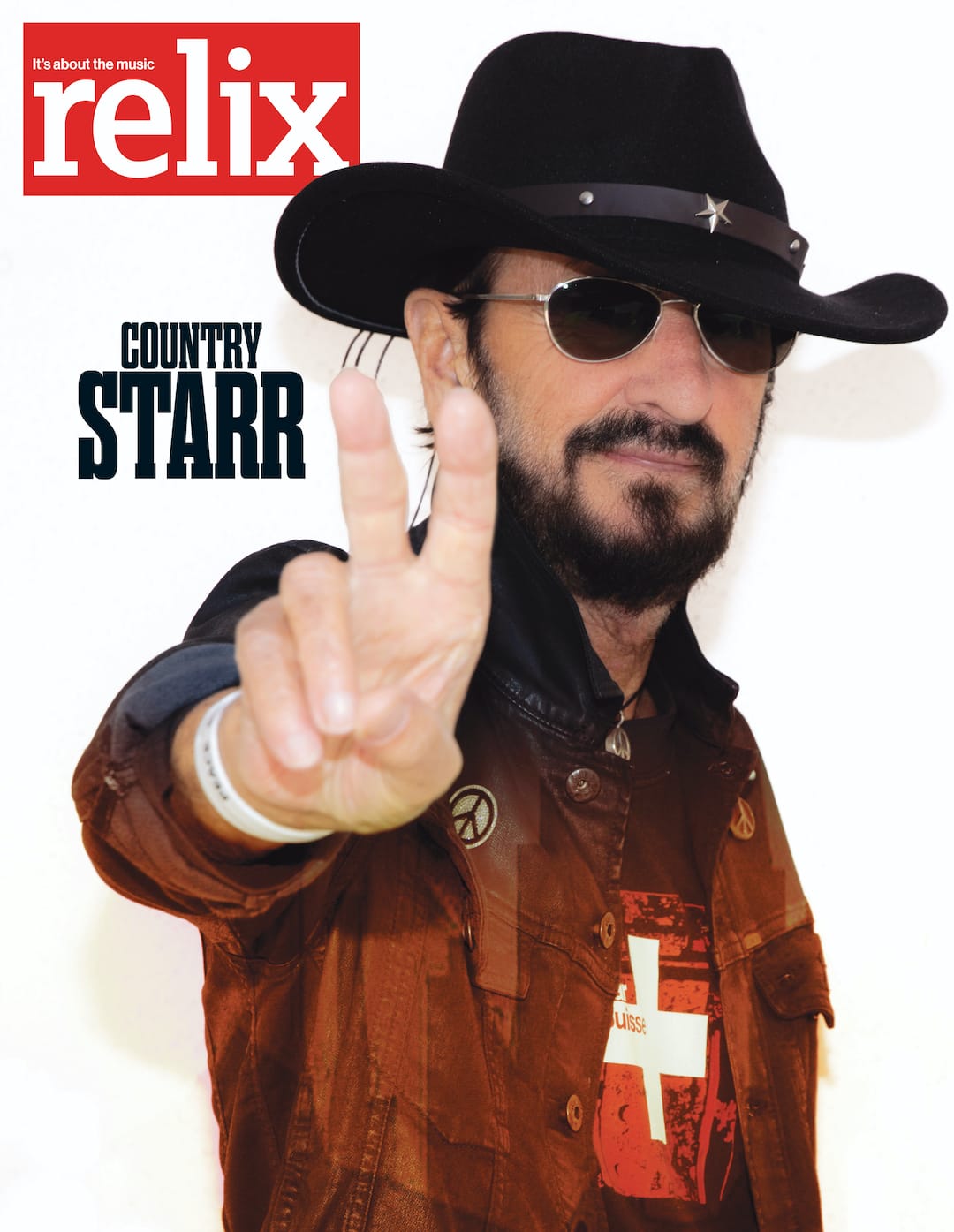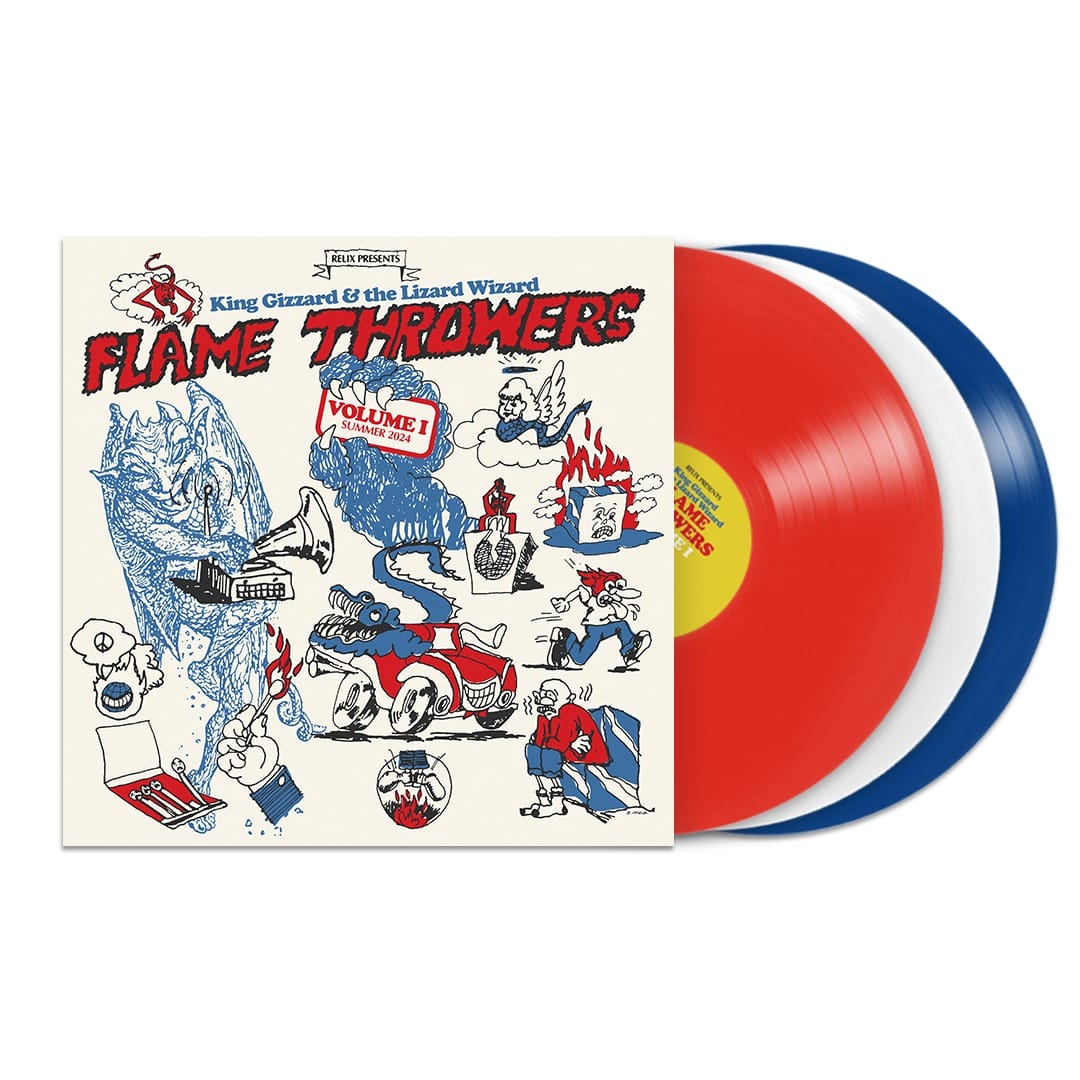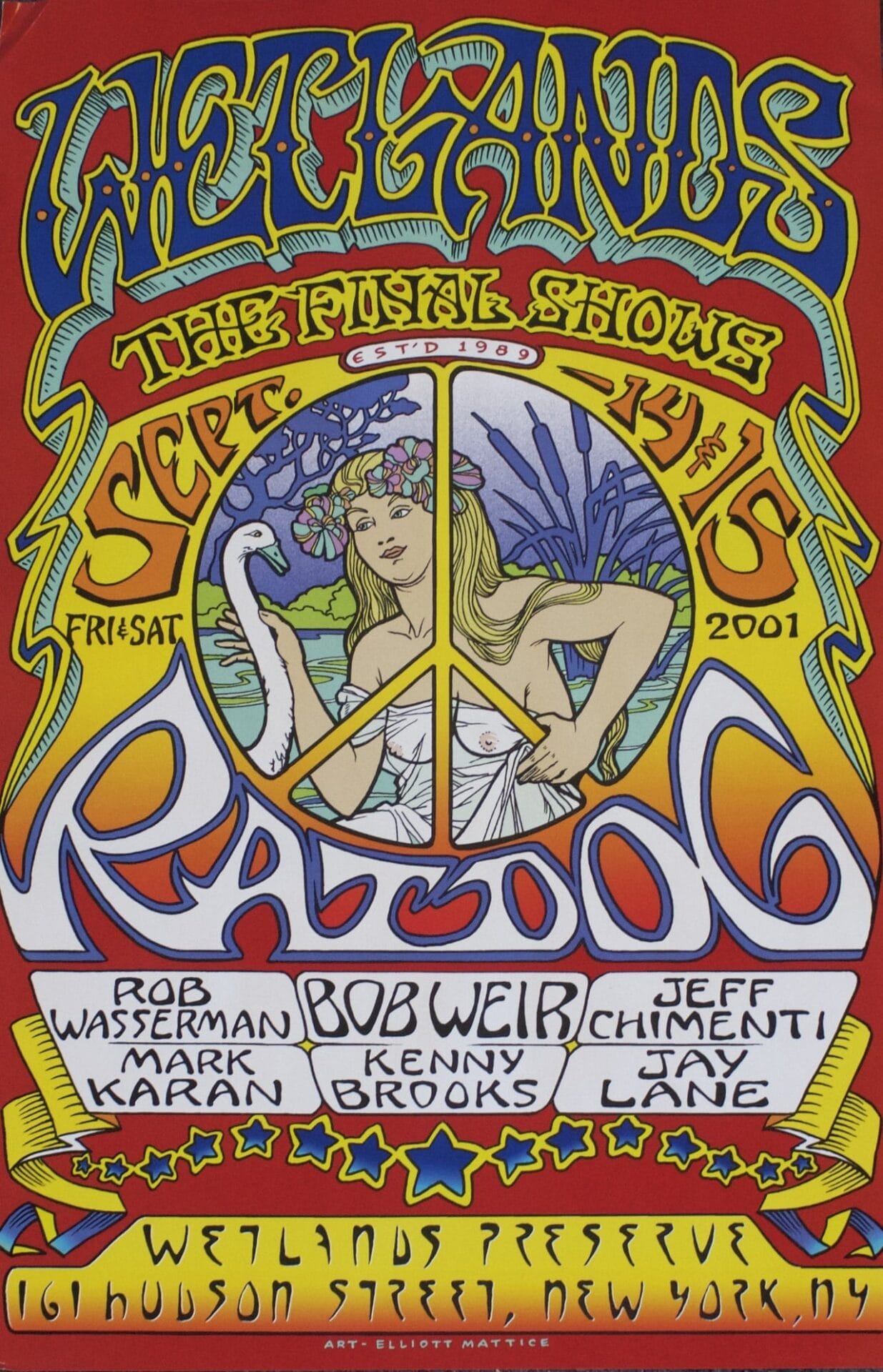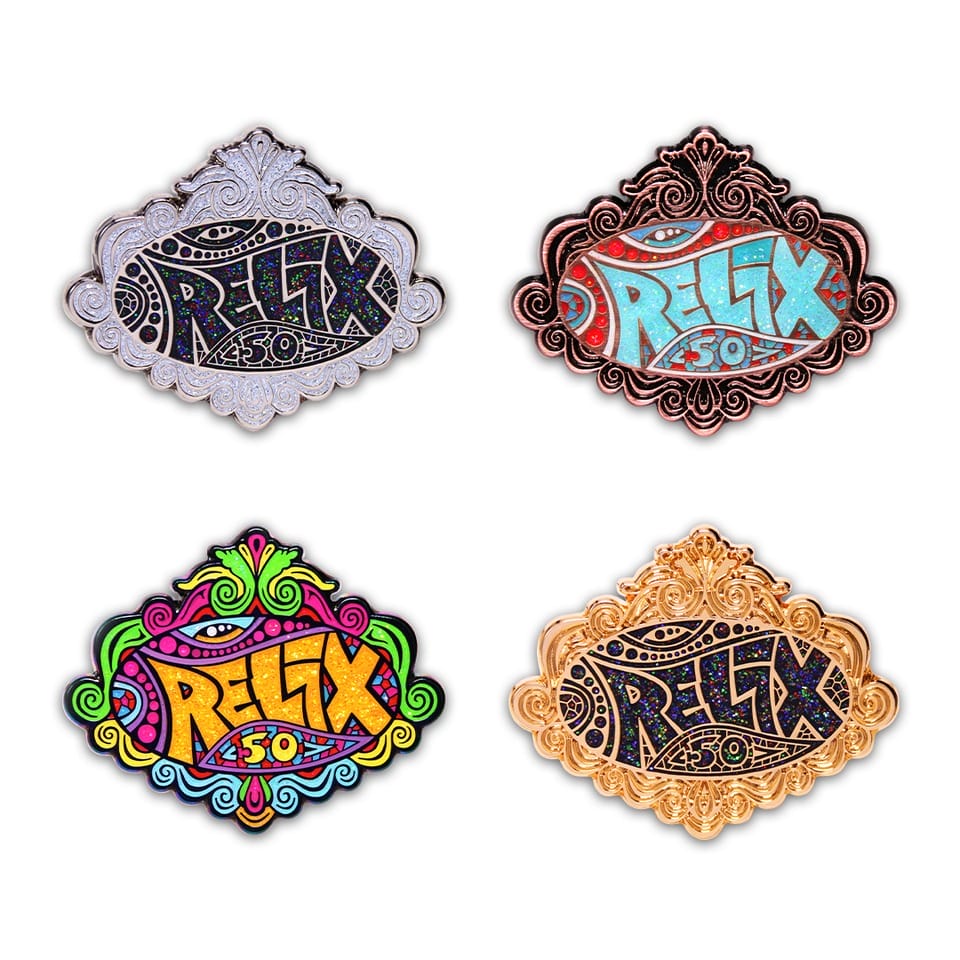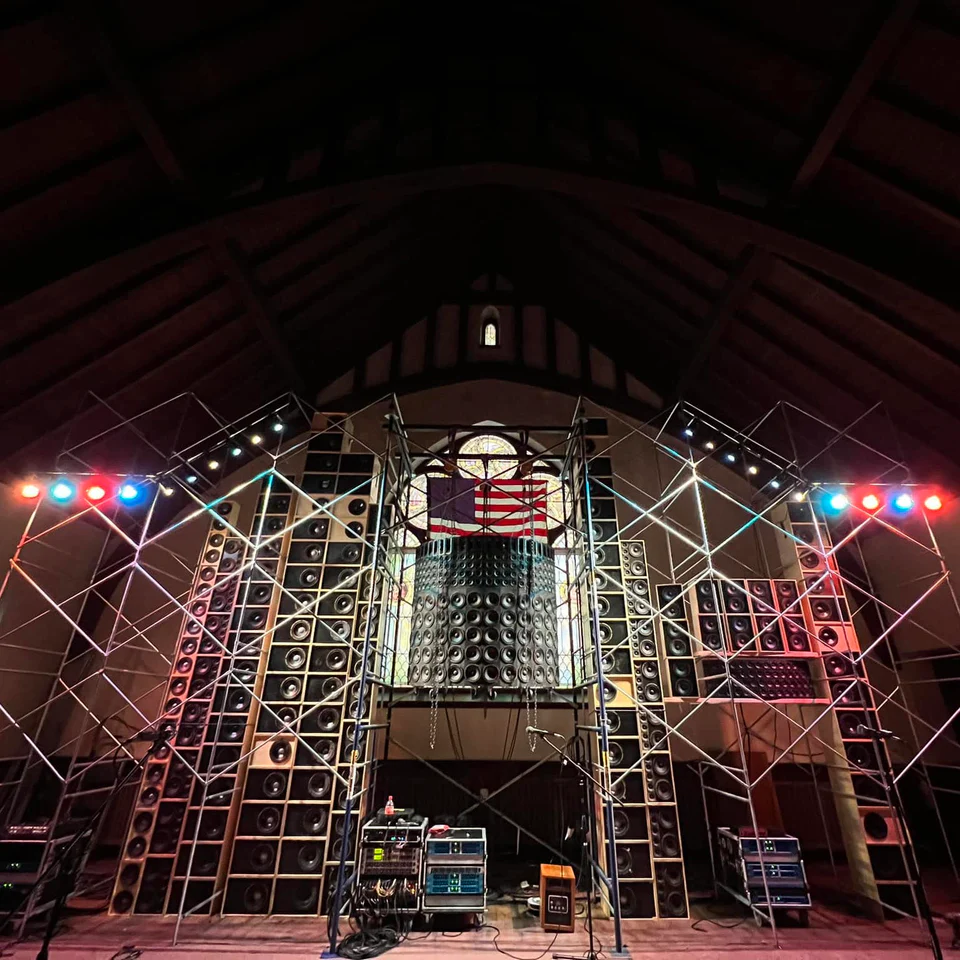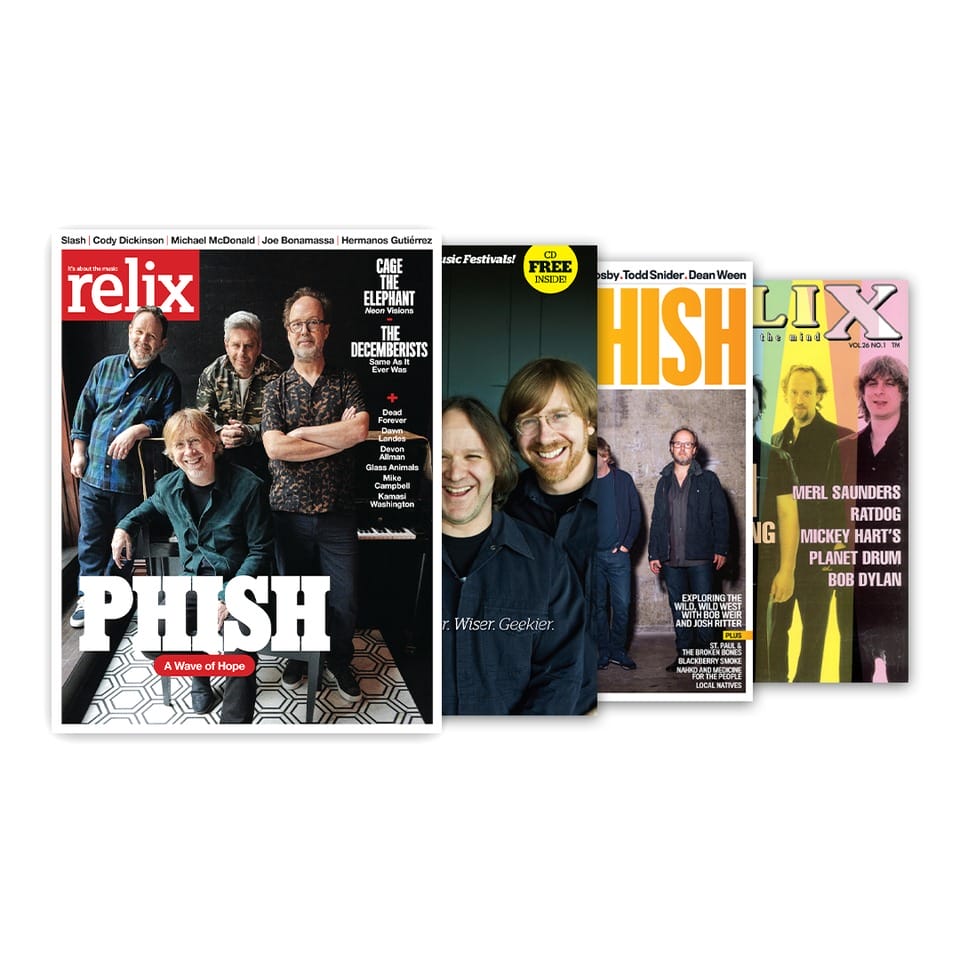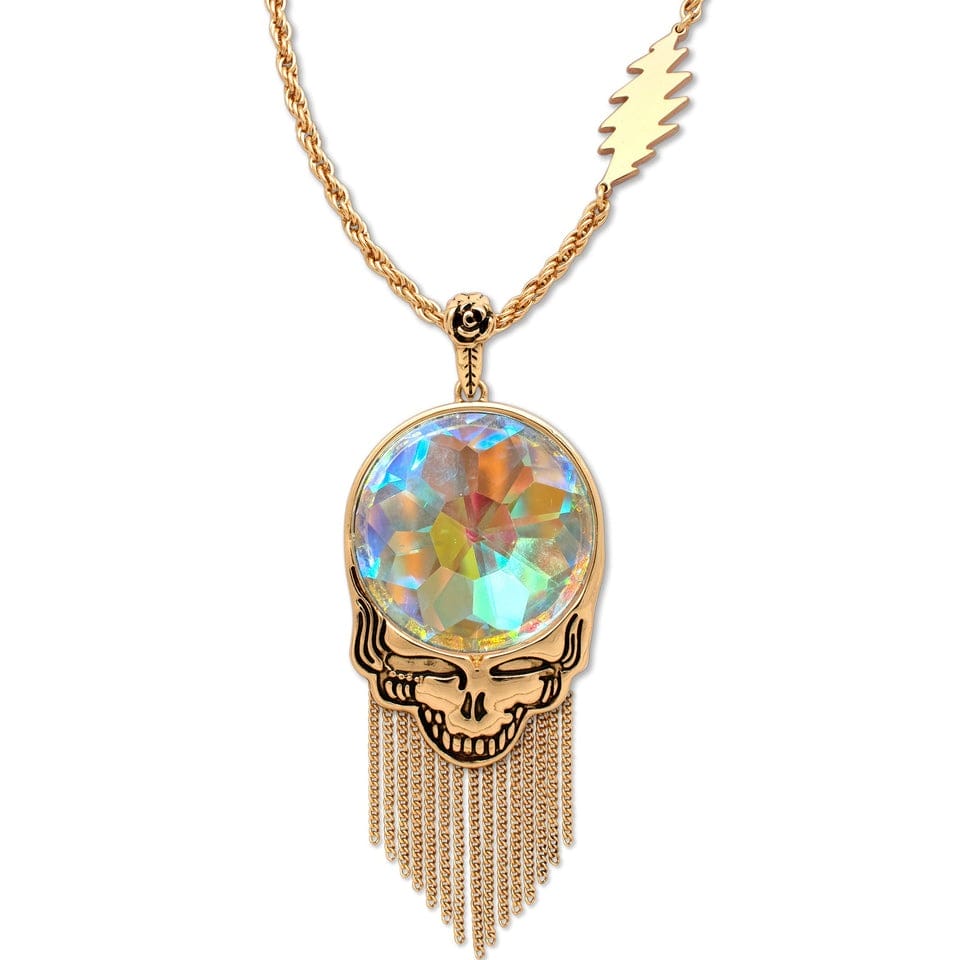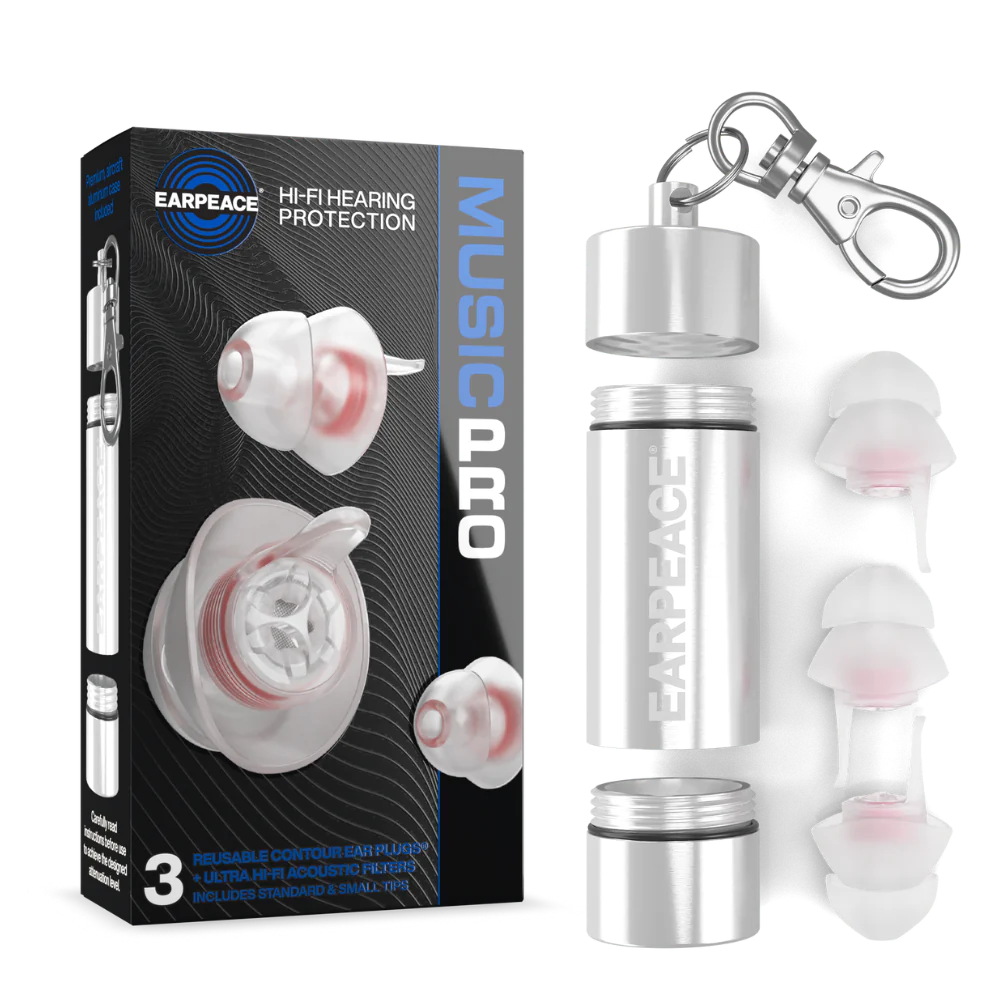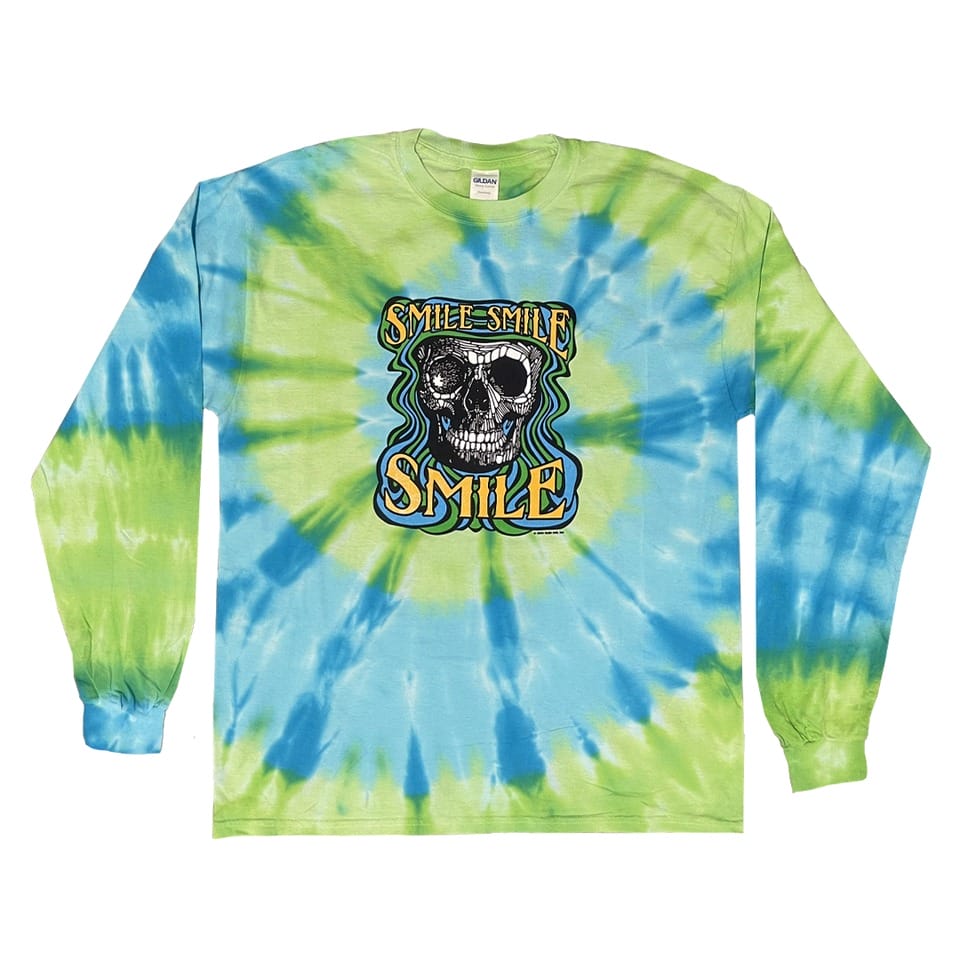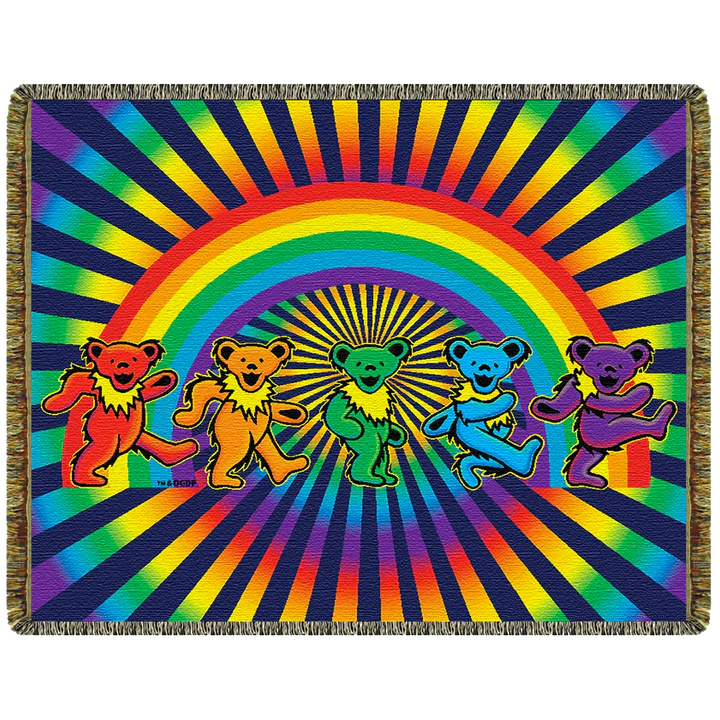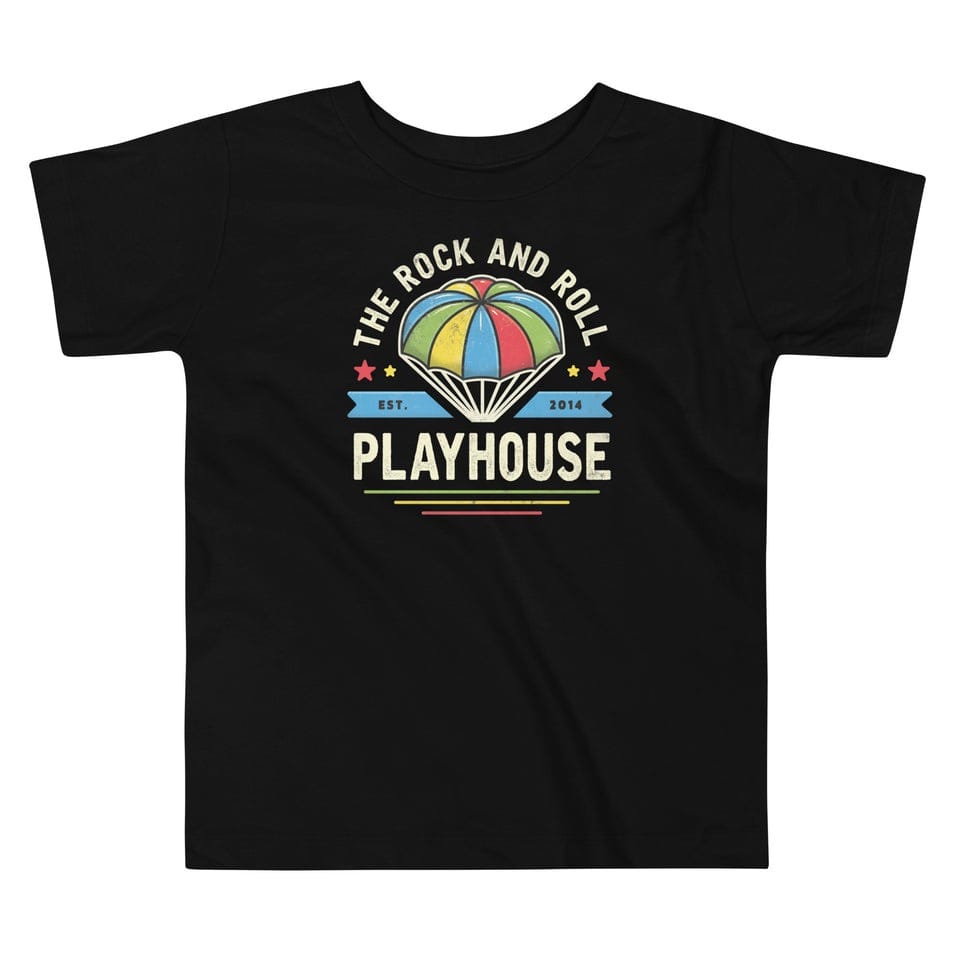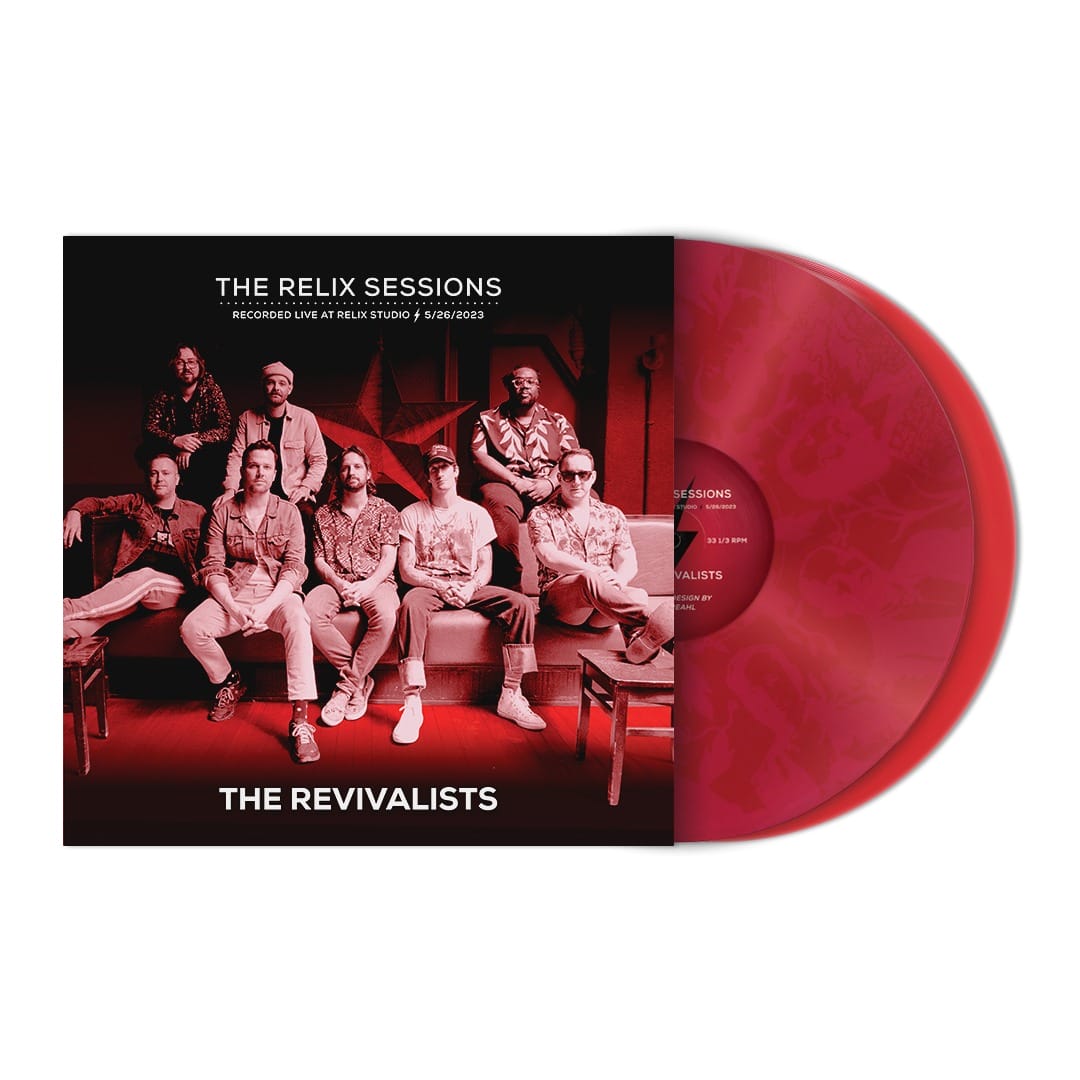The Slip: Seeing Double Playing Triple (Relix Revisited)
Tonight The Slip, which comprises 3/5 of Surprise Me Mr. Davis will perform in Fall River, MA in lieu of the five piece due to weather-related travel issues. Here is a look back to a feature on the group in the December-January 2004 issue of Relix.
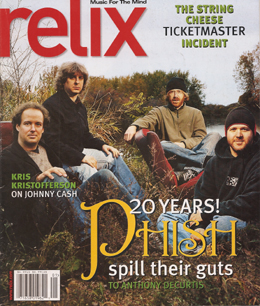
Brad Barr is a rabbit. The Chinese Zodiac sign for people born in year 1975, rabbits are said to have talent and compassion and to seek tranquility. That describes Brad Barr alright – these traits are his defining qualities. Real, non-zodiac rabbits are also known to have an uncanny sense of smell. That might explain Brad’s nose for song. He smells melody. He sniffs it. He snorts it, lets it trickle down his throat like the drip from the coveted crema of espresso, and then lovingly shares it with the world by exhaling it through his hands, letting his fingertips find their places on his guitar and the rhymes line themselves up on his lips.
In conversation, Barr is usually relaxed and attentive. His thoughtfulness is a reflection of his willingness to participate in the moment, every moment, and although he is articulate and conversant, he has the gift of listening more than talking. Except in interviews, of course, where he’s expected to say more. Even then, his tangents are developed carefully, unraveling in fragments and run-on sentences in much the same way that his guitar playing digests a song and then elaborates.
His guitar solos never sound like solos; they sound more like contributive teamwork, as he and his bandmates – brother Andrew Barr (drums) and Marc Friedman (bass) – create clear-eyed and uncluttered mosaics of sound. The Slip’s music is undeniably jazz in both attitude and implementation, but it is no more afraid to rock out than it is to go nearly silent for minutes on end with only a few sparse notes sustaining it.
All three musicians are intuitive improvisers with a group mind. This creates an ideal dynamic for the trio, as one of them at any time holds down the fort while the other two playfully run off together, sometimes for peeks-around-the-corner and other times for longer, wilder adventures. Through it all, the music remains tasteful at every turn – rarely is there a note that’s not meaningful, rarely is an effect used carelessly. The Slip’s music is pure, created by pure musicians with pure intent and pure purpose.
It is music that has grown gracefully into adulthood and which is the natural result of its own adolescence. When Friedman and the Barr brothers first moved to Boston in 1995, to attend Berklee College of Music, they felt rootless and aloof from the Boston scene. Unfulfilled by the college curriculum, and untied to the city, Brad was riding the subway one day when he overheard two people having a conversation about their house get-togethers. Thursday nights they served coffee and tea and had drum circles and poetry readings and whatever else people wanted. Intrigued, Brad introduced himself and asked, “What’s this all about?” Before long, The Slip started performing regularly in the basement of what became known as the “Red House” – but more than that, the three of them found friends, like-minded artists, and a community in which they belonged.
“Those shows didn’t feel like Slip shows at all,” remembers Brad. “We were really just being contributors to this beautiful little space that came up, and I thank god for that, just because it was what I longed for and what I think Andrew and Marc longed for too. It was a womb and it gave birth to a lot of the freedom that we came to nurture over all these years, because everyone was really open to whatever we wanted to do – like extend the song or play for a long time.”
That nurtured freedom (and the band’s insistence on using it) has been the basis for so much of their appeal. The Slip’s long, improvisational jams are the focal point of their live shows and a primary reason why the jamband audience has embraced the band so adoringly over the past seven years. But because the group is resolved to remain pure and sincere and honest and true, some listeners may be a little surprised by the release of Live at Club Helsinki, one of the two new live albums The Slip released this fall.
“Everybody seems to think they know what The Slip is about,” explains Brad cautiously, “but really for us it’s always a rediscovery. So we said to ourselves, ‘Let’s put out this record just to remind people that it is still undefined as of yet.’ We still have all of these different colors and sides we’re trying to work with.”
Live at Club Helsinki is a side that many casual fans didn’t even know existed: The Slip Unplugged. Not just acoustic, but improvisationally stripped down as well, Helsinki is a collaboration of campfire songs that are as accessible as they are beautiful. Featuring traditional songwriting, classic storytelling, and melodies that dance on the tongue, these songs belong in the same songbooks as those of Paul Simon, Neil Young, and Bob Dylan. Recorded live – at a tea-cup sized venue in a cupboard-sized town – the album is entirely different from anything The Slip has ever released before.

“Most of the time when we’re onstage, how we spend our time playing is on acoustic instruments and writing simple songs,” Brad says. “And I think that was another reason for bringing out this record – to remind people and let it be known that we love all kinds of things, from free jazz to electronica to classical Indian music. We also love the American folk song; we’re three American kids.”
Still, a Slip album of “American folk songs” is unexpected, though perhaps obvious in hindsight. In the past, The Slip successfully balanced craft songwriting with jazz composition by gratuitously including both elements on their albums. Their first two albums were heavier on the instrumentals, but by the release of their most recent (and most successful) studio disc – Angels Come on Time – the band had an increased focus on songs with vocal melodies. The live shows, then as now, still fluctuate wildly between composition and improvisation and are as musically free as they were back in the basement of the Red House.
“I am a true lover of jazz music,” says Brad earnestly. “It’s something that I love so deeply, and I have spent years just listening and listening and trying to absorb. If I myself can love jazz as well as Squarepusher as well as Led Zeppelin as well as Bob Dylan, I’ve got to figure that there are other people out there, like me, who also love that.”
When talking about his passion for all types of music, Brad’s voice becomes tender, his tone more fragile, as if just talking about it requires delicacy and respect, and when he says that he loves jazz “…so…deeply” he over-enunciates the words without meaning to. Then, with conviction and confidence, he adds that he’s not worried about shutting out the jazz audience: "If they’re alienated by Helsinki, they’ll probably be really alienated by some of the other stuff we do, like the harder driving rock ‘n’ roll that we love.
That harder driving rock ‘n’ roll is present on the band’s other new release, Alivelectric. Recorded in various venues throughout 2003, the largely instrumental Alivelectric was a premeditated live album. That is to say, before The Slip decided to release the Club Helsinki show (which they didn’t even record professionally), the band planned on compiling a double-live album culled from their 2002 New Year’s Run. That evolved into a single-disc compilation of live tracks from this year. A thrilling 75-minute ride through more familiar Slip territory, Alivelectric is something of a Hyde to Club Helsinki’s Jekyll. It is risky and edgy, expansive and exploratory, and filled with the kind of whole-band improvisation that The Slip is famous for.
“There were different ideas about how to release these CDs,” Brad admits. “We discussed releasing them together as a double disc (‘Elecoustic’), but thought they should each stand alone, as works related only by the fact that they are live recordings released around the same time. And I suppose you could say they complement each other.”
Although Live at Club Helsinki and Alivelectric compliment each other by capturing two different sides of The Slip, altogether it’s not about taking sides. “It’s about art,” says Brad unpretentiously. “I believe in writing and playing whatever it is that moves you.”
The cover art of The Slip’s Does depicts a painting of the band hanging on a gallery wall. The four people gathered around the painting have headphones on and are listening as they look.
Brad reflects: “I think that the best thing that I can do is just pay attention and write lyrics and songs that contribute to people in a way that makes them want to contribute themselves. That’s what art does to me. I see a beautiful painting and I want to write beautiful music.”
“There was a time,” he continues, “when I did feel like I needed to address some of the issues in the world. But then a month later I was like, ‘I need to address some of the issues in my life.’ You know?”
And so if The Slip remains undefined in their own eyes, to the rest of the world let them just remain a great band that plays great music. “It’s about art,” Brad repeats. And he’s right. Live at Club Helsinki is an artful album. It is soft, charming, and filled with romanticism and lyricism. Alivelectric is also an artful album. It is filled with emotion and expression and the same improvisational explorations that we’ve come to expect from The Slip. And if both albums are (as Brad says they are) about rediscovery, then Slip fans will have the added joy of rediscovering a great band, not once, but twice.


